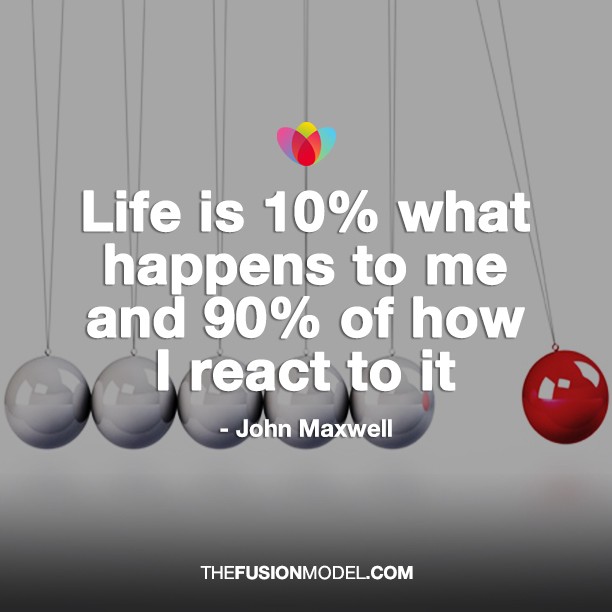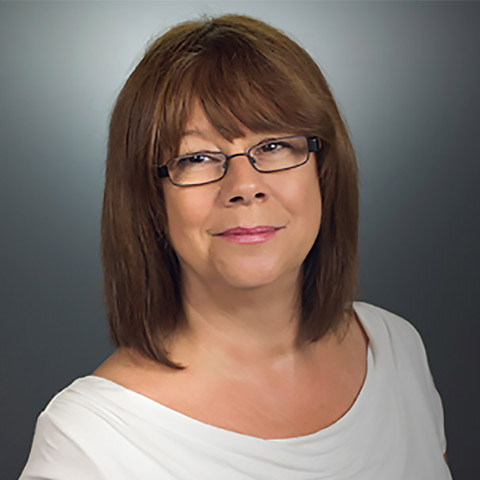&
I’m a big fan of the ampersand; that intriguingly curvaceous symbol which represents the word ‘and’.
Sometimes regarded as the 27th letter of the alphabet, the ampersand is not just a word in its own right, it is also, I believe, both a concept and a wonderfully empowering metaphor with implications for how we can manage our minds with emotional intelligence.
In his poem ‘In Praise of the Ampersand’, Chris Green imaginatively describes it as ‘yoking one stone blunt word to another until, together, they break into flower.’
The ampersand is a connector of words; a ‘bridge’ and yet, paradoxically, in connecting, the ampersand must also, by definition, separate, inviting us to reflect on the significance of the gap in between and everything it represents….
STOP&GO
Some time ago, I undertook some formal training inmindfulness, and realised I had been teaching it in my psychotherapeutic practice for years, in the form of the STOP System, an exercise I had devised for resolving amygdale hijacking, panic, anger and addiction.
It was effective, and greatly appreciated by my clients as a way of interrupting unwanted patterns of thought and behaviour. The letters of ‘STOP’ represent:
Slow breathe (count the breath to refocus the mind away from external stimuli)
Take a step back (dissociate from emotion) into the
Observing self (that part of the mind which is aware of awareness itself)
Practise emotional intelligence (for mind management and emotional regulation)
This system continued to evolve, as I embraced and integrated coaching into my working model with the addition of ‘GO’ represents:
Goals (long term aims) and
Outcomes (short term objectives)
The mindfulness-based STOP&GO System
When we say the word ‘STOP’, either aloud or in imagination, we break out of autopilot and bring ourselves to mindful awareness; a powerful position from where we have a choice of response rather than an automatic reaction.
Neuroscience informs us that incoming information goes to the emotional right hemisphere of the brain first, where fight or flight could be engaged in a perceived life-threatening situation. From the emotional brain, we react immediately, instinctively and without thought. Sometimes this is appropriate and can be a lifesaver.
However, a sufficient gap will allow incoming information to travel across the brain’s ‘bridge’, known as the corpus callosum, to the rational left hemisphere, from where we have access to our neo-cortex or higher intelligence.
The rational brain now considers options and choices. It functions with a linear, logical modality which encourages us to respond to a situation with intelligence rather than react with emotion.
More recent research has indicated that sufficient gap between trigger and reaction/response will allow information to reconnect with the emotional right hemisphere, for context, insight and wisdom.
The greater the gap, the greater the distance between ‘stop’ and ‘go’, the greater the emotional intelligence is likely to be; like pressing a ‘pause button.’
Evidence shows this kind of mindful awareness expands the gap between event and response by strengthening the pre frontal cortex; the area of the brain associated with executive control.
Repeated use of the STOP&GO system interrupts old, habitual patterns of reaction/response, allowing for the establishment of new behaviours, and for new neural pathways to be formed; effectively’ rewiring the brain’. As psychobiologist Dr Donald Hebb explained ‘cells that fire together, wire together.’
STOP&GO is truly ‘mindfulness in action’ and a practical tool for effective mind management. It is a way of bringing ourselves into our observing self, the area of mindful awareness represented here by the ampersand.
The art and science of mindfulness
Defined by Jon Kabat-Zinn as: ‘paying attention in a particular way; on purpose in the present moment, and non-judgementally’,
When we are mindful, we are in, what Dr. Arthur Deikman referred to as, the ‘Observing Self’, the part of us that controls awareness and attention. We don’t have a word for it in common everyday language – we normally just talk about the ‘mind’.
Meditation is the gateway to the kind of formal mindfulness or ‘seated’ practice, which encourages us to focus on our breathing, or our body, or an object, or a sound for 10, 20, 30 min or more and, whenever the mind begins to wander (which it always does), to redirect our attention back to our chosen point of focus. It is effectively, a form of ‘brain training’.
Informal practice, on the other hand, means bringing yourself to awareness and directing your focus to become more present in the here and now as you go about your daily.
Informal practice can involve such things as mindfully eating, walking or eating or even drinking a cup of coffee mindfully, when we might become aware of how the cup feels in our hand, how the coffee looks or smells the sound it makes as it passes across our lips and its taste as the coffee is savoured and swallowed.
Research has shown that, regular mindfulness practice, whether formal or informal, changes the brain in ways which can be observed. The area of the brain known as the ‘prefrontal cortex’ associated with executive control develops more neural connections, and the area known as the amygdale, associated with stress response, becomes smaller.
The positive implications are clear.
So, the next time your boss shouts at you and your emotional right hemisphere is encouraging you to throttle him, remember ‘no one can make you angry without your permission.’
Take time to consider the humble ampersand, the important gap between react and respond, between ‘stop’ and ‘go’, and allow your pre frontal cortex to make the right decision….with mindful awareness.




